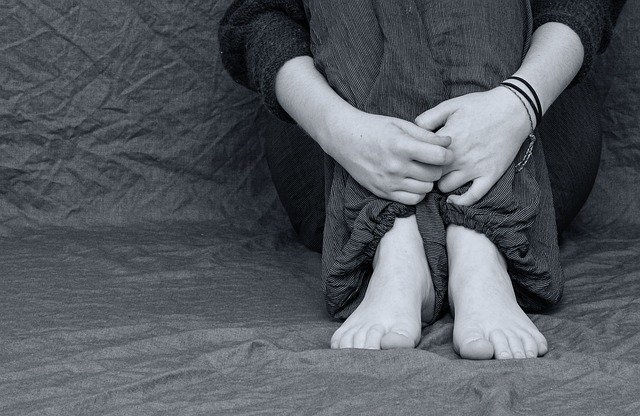The American Association for Marriage and Family Therapy (AAMFT) defines self-harm as “hurting oneself to relieve emotional pain or distress.” Also known as Non-Suicidal Self-Injury (NSSI) and self-injury, self-harm can be a difficult subject to discuss. However, it’s essential that educators understand the symptoms and causes of teen self-harm so that schools can help.
What Is Self-Harm?
Teenagers who self-harm do not do so with the intention to die. Instead, according to TeenMentalHealth.org, self-injury can be a way of coping with stress. By hurting themselves, teens may seek a way to control their feelings. For others, the physical pain provides a way to distract themselves from emotional pain. The AAMFT states that self-injury may also cause the brain to release endorphins, giving “fast-acting relief for adolescents from their emotional distress.” Though self-harm isn’t done with the intention of dying, self-harm can be a predictor of suicidal ideation. According to the National Center for Health Research, those who self-injure often later die by suicide. Therefore, it is absolutely crucial to take self-harm seriously and make sure that teens who self-harm get the help they need.
How Common Is Teen Self-Harm?
Adolescent self-harm is more common than one might assume. According to a 2015 study published in the American Journal of Public Health, the tendency to self-harm differed by gender. Using CDC data, the study found that between 6.4% and 14.8% of adolescent boys reported incidents of self-harm. However, the same study found that between 17.7% and 30.8% of adolescent girls reported self-harm. The study also identified a number of risk factors for self-harm, including cyberbullying and LGTBQIA+ status. Also, according to the National Center for Health Research, teenage girls are more likely to experience depression than boys. In fact, a 2019 study found that girls were 20% more likely to suffer from depression than their male classmates.
Signs of Teen Self-Injury
It can be difficult to detect signs of self-harm because they’re often hidden. In fact, attempting to hide evidence of self-harm is one of the most common signals. Teens who self-injure often wear clothing meant to hide cuts and burns. Some teens who self-injure wear long sleeves and pants in situations when they wouldn’t normally do so, such as on a beach on a hot summer day. Another sign is finding sharp objects, such as razor blades, kept in hiding place in a teen’s bedroom or bathroom. Finally, if a teen frequently locks themselves into their bedroom or bathroom, this could be a sign of self-harm.
How Is Self-Harm Treated?
Fortunately, a variety of treatments have been found to help those who self-harm. According to the National Alliance on Mental Illness, talk therapy can help those who injure themselves develop other coping mechanisms. For instance, cognitive behavioral therapy can help teens become aware of the patterns of negative thoughts that lead to self-injury. It can also help them to develop different, healthier coping strategies for stress, depression, and anxiety. While there are no medications directly intended to help with self-harm, some can help with conditions that lead to these behaviors, such as depression and anxiety.
Teen Self-Harm: How Schools Can Help
A recent study showed that nearly one in ten teenage boys and one in four teenage girls reported instances of self-harm. It’s clear that self-harm is a silent epidemic among American teens. Fortunately, schools can help detect signs of self-harm and get students the help they need. The Association for Supervision and Curriculum Development (ASCD) suggests training educators to be familiar with common signs as well as the causes of self-harm. They also suggest developing a support group to help students develop coping mechanisms for stressors. However, it’s often difficult to see signs of self-harm, as teens often hide them. Screen-monitoring software can detect mentions of self-harm on school-owned computers. LearnSafe, screen-monitoring software from SlateXP, detected six instances of self-harm at one district. In all of these cases, administrators were able to intervene, helping these students get the help they needed.


